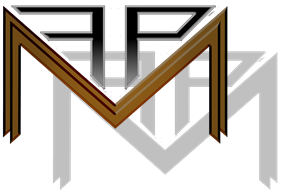
Let us help you get the sleep you deserve
| Home |
| What is Sleep Apnea? |
| What is a Sleep Study? |
| Treatment Options |
| Locations |
| Equipment |
| Pulmonary Function Test (PFT) |
| Contact Us |
| Treatment Options |
There are numerous treatment options available to those who have been diagnosed with Obstructive Sleep Apnea, Central Sleep Apnea or Complex Sleep Apnea. PAP treatment The most common form of PAP treatment is CPAP, which stands for Continuous Positive Airway Pressure. This mode of treatment is utilized in most Obstructive Sleep Apnea cases. The air pressure acts as a stent in the patient’s airway to keep it open and unobstructed so that the patient is able to breathe adequately on their own during sleep. The second most common form of PAP treatment is Bi-PAP, which stands for Bi-level Positive Airway Pressure. This mode is often used in cases where patients have difficulty tolerating CPAP treatment as it mimics the patient’s breathing pattern, with a higher level of pressure during inspiration and a lower level of pressure during expiration. This mode is also recommended for patient’s who may have an underlying respiratory condition that may require a greater degree of ventilation to promote proper gas exchange in the lungs. The least common form of PAP treatment is ASV, which stands for Adaptive Servo Ventilation. This mode is used in Central and Complex Sleep Apnea patients where the patients not only need help maintaining an open airway during sleep, but also need help maintaining ventilation during the periods in which their respiratory effort wanes or ceases completely. Other treatment options If you have any questions about the treatment options available to you, please give us a call and we will be happy to discuss these options with you.
|
For More Information Contact: John Ziadie III, RPSGT, M.A. | (305) 799-4963 | HJZIII@gmail.com |